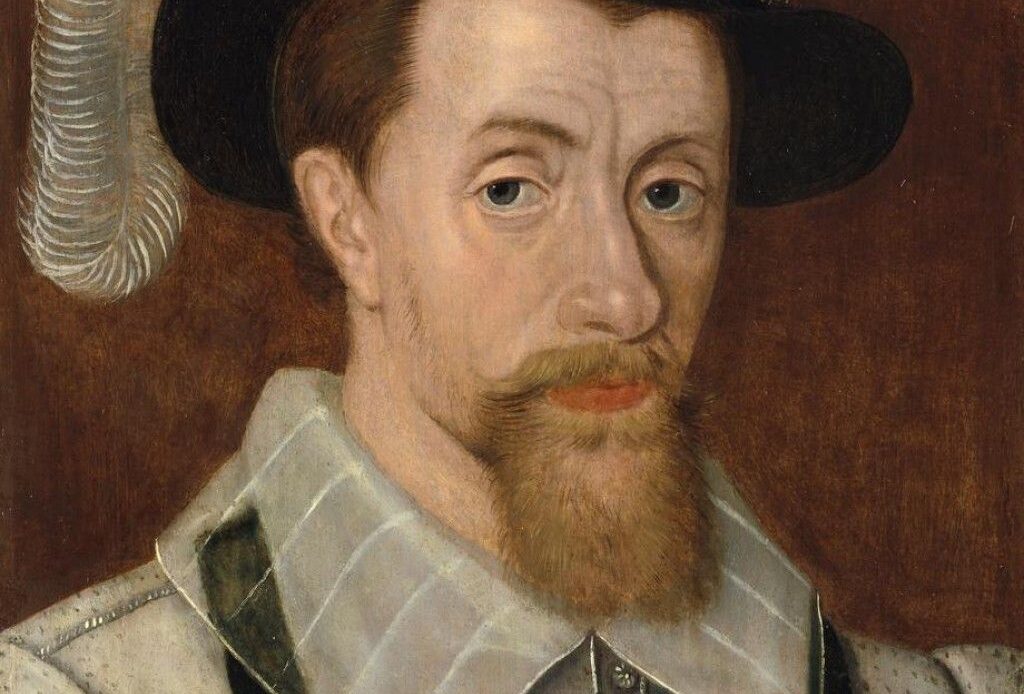
“Remember remember the 5th of November, gunpowder, treason and plot…”
November 5th is still considered to be one of the most important in British history. But why? What are the royal links? And why do we still mark it today?
On April 13, 1570, Guido ‘Guy’ Fawkes was born in York, England. He was to become one of the greatest criminal masterminds in history. The daring escapade he attempted in 1605 not only saw him imprisoned in the Tower of London but also hung, drawn and quartered.
Known to many as the Gunpower Plot, the scheme saw Guy Fawkes and a group of Catholic rebels, led by Robert Catesby, hatch a plot in 1604 to assassinate the Protestant King, James I, whilst he attended the Houses of Parliament in London. They planned to murder the monarch, kidnap his nine-year-old daughter Princess Elizabeth and make her a Catholic queen.
As the day approached, the team of 13 men rented out an abandoned house near to the House of Lords and used the cellar to store almost 40 barrels of gunpowder under the floorboards.
In a twist of fate that sounds almost unbelievable, one of the men sent their cousin, who was a Member of Parliament, a letter explaining that he should not attend on November 5th. The man, believed to be Francis Tresham, sent the following to his relative, “retyre youre self into yowre contee whence yow maye expect the event in safti for … they shall receyve a terrible blowe this parliament.”
The group themselves had even become aware of the letter but believed it to be a hoax. Despite this, Fawkes regularly searched the cellar and reported nothing had changed.
The letter, however, aroused so much suspicion that it was shown to King James I. He quickly ordered Sir Thomas Knyvet to conduct a search in the cellars of Parliament in the early hours of November 5th.
Fawkes had taken up his position armed with a slow-burning match the previous night. Shortly after midnight, he was spotted leaving the cellar and was arrested.
He was held at the Tower of London and interrogated. At first, he refused to reveal his identity, as well as the identities of his co-conspirators. Eventually, after two days of violent torture, he began to speak. Whilst there is no proof that he was subjected to a punishment known as ‘The Rack’- where ankles and wrists are chained to separate rollers and gradually pulled, sometimes causing joints to dislocate- a signature that remains from Fawkes is nothing more than a barely legible scrawl.
The trial of the criminals began in Westminster on January 27, 1606. The testimony given to the jury explained that “Each of the condemned would be drawn backwards to his death, by a horse, his head near the ground. They were to be ‘Put to death halfway between heaven and earth as unworthy of both’. Their genitals would be cut off and burnt before their eyes, and their bowels and hearts removed. They would then be decapitated, and the dismembered parts of their bodies displayed so that they might become “prey for the fowls of the air”
Despite pleading not guilty, Fawkes and his fellow plotters were found guilty and hung for their crimes on January 31, 1606. Guy Fawkes body was distributed to “The four corners of the kingdom” as a warning to fellow traitors.
So, why do we still remember the failed attempt to blow up Parliament and the king over 400 years later?
Since 1605, British people have been encouraged to hold a bonfire on the 5th of November to celebrate the king’s escape from assassination. From the later 17th century onwards, fireworks have been released as a mark of the explosives that would have occurred if the plot had been successful. Also, since 1673, it has become custom to also burn an effigy, otherwise known as a ‘guy’, on the bonfire. The figure is usually made by children from old clothes, newspaper and a mask.
No subsequent plot on the same scale has been attempted on a monarch’s life since Guy Fawkes daring venture.

